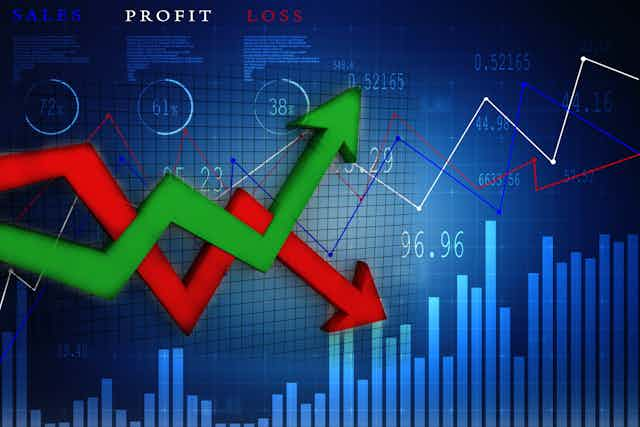South Africa is bracing itself for the first increase in Value Added Tax (VAT) in many years. The hike is part of the government’s efforts to contain a budget deficit. VAT is set to increase by one percentage point – effectively a 7.14% increase – from 14% to 15% on April 1st.
VAT is an indirect tax that is levied on goods and services traded in an economy. Governments sometimes zero rate basic items to reduce their prices. The current list in South Africa includes bread, maizemeal and rice. This is done to support the poor and protect them against higher prices.
The VAT increase has been criticised in some quarters on the basis that it affects poor people disproportionately. But over and beyond that argument, the biggest challenge is that any increase in indirect taxes affects the price of goods and services. This in turn affects a country’s rate of inflation.
The fallout of the VAT increase is particularly important given that South Africa’s Reserve Bank manages inflation by sticking to an inflation target band of 3% to 6%. The Reserve Bank increases interest rates when inflation exceeds – or looks as though it might exceed – 6% over a period of time. The corollary is that it drops rates when inflation stays below the upper level for an extended period of time, or approaches or drops below 3%.
The mechanism has worked well in the recent past. Prior to adopting it, South Africa went through periods of rampant inflation in the 1970s and 1980s. For example, inflation peaked around 20% per year in 1986.
Inflation above 10% per annum – as was the case in the 1970s and 1980s – impoverishes savers and pensioners which is why care should be taken to avoid it happening. Inflation targeting is designed precisely to do this.
There is no doubt that the rise in the VAT rate will affect the rate of inflation. The problem is that the South African Reserve Bank hasn’t made any firm policy statements on the subject. It should have because it has a duty to prepare South Africans for what its next steps will be. With the expected acceleration in inflation due to the increase in VAT, an interest rate increase might indeed be necessary if inflation increases sharply, thus retaining it within the inflation target band.
The inflation rate with and without the VAT increase
The rate of inflation over one year to February 2018 (compared to February 2017) stood at 4%, which is at the lower end of the inflation target range. This is the lowest level recorded since January 2016. Under normal circumstances, an inflation rate at this level would raise the question of whether there was scope for the central bank to ease monetary policy by dropping interest rates.
But these are not normal circumstances given the VAT increase. If the VAT increase of 1 percentage point results in a commensurate increase in the inflation rate, the result will be an inflation rate of 5% – possibly with an increasing trend. At this rate it will be approaching the upper limit of the inflation target, thus raising questions about a possible interest rate hike.
What this means is that decisions about interest rates over the next year will depend on how the VAT increase is treated in the measurement of inflation for monetary policy purposes. The South African Reserve Bank should communicate clearly on the issue in its next monetary policy statement next week.
Without clarity, businesses and the general public won’t be in a position to plan for the impact of possible interest rate movements. Clarification is necessary to bring more planning certainty.
Impact of the VAT increase
Any assumption about the inflationary pressure of the VAT increase is difficult to estimate. This is because the full impact will be affected by what businesses do.
They have a number of options, all of which will have a different impact on prices.
They could pass on the full 1 percentage point increase, which would affect prices on all goods except those on the exemption list.
They could pass on only some of the increase, which would mean that the impact on inflation is less.
Or they could use the hike in VAT to build in even higher prices increases. This would push inflation up even further.
Central bank responses to VAT increases
Conditions differ between countries and policy responses, but central banks in other countries have looked at the impact of VAT increases on inflation. The available evidence suggests they’ve factored in higher inflation as a result.
South Africa needs an explanation from its central bank on how it’s going to handle the situation.
In my view the most appropriate approach would be for the central bank to ignore any inflationary impact of the rise in VAT. For one year the inflation target specification of 3% - 6% should exclude the VAT increase to serve the best interests of all South Africans.

